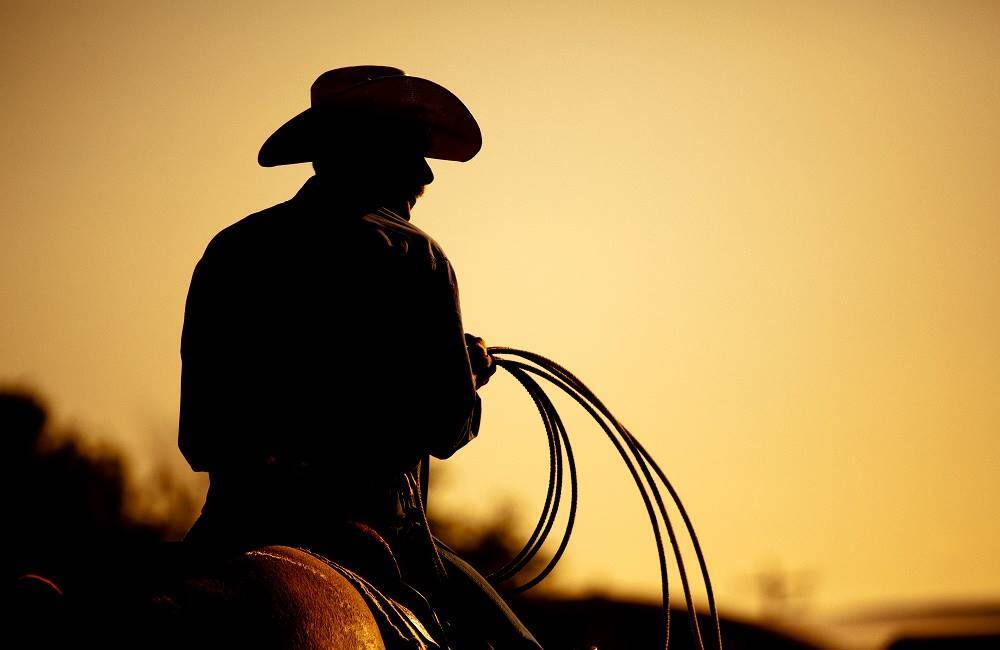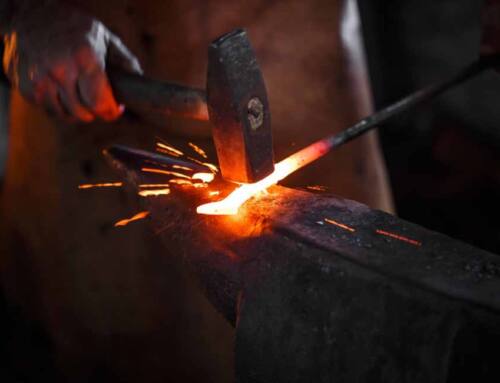The American West still grabs the imagination of many readers and movie watchers. Long after the West was tamed, the country still has a fascination with the men and women who lived on the frontier. One of the items from that time still holds the interest of knife collectors and those just interested in knife history. That is the Green River Knife, famous for its use on the frontier.
Green River Knife
The knife became so popular and had such a stellar reputation for quality that the phrase “done up to Green River” meant that something had been done as well as it could be done.
The knife actually has its roots in the drive among one American businessman to outdo rivals from Great Britain.
John Russell
John Russell was born in Greenfield, Mass., in 1797. When he reached 21, Russell went to Georgia and got into the cotton business. He amassed enough money where he could quit the business after about a dozen years. He got married and moved to Pennsylvania, but eventually returned to Greenfield.
After a couple of years of contemplating his next move, Russell decided to go into the cutlery business that at that point was dominated by the industry in Sheffield, England. At the time, cutlery manufacturers there led the world and set the standard for excellence.
Russell thought he could give them a run for their money. He established J. Russell & Co. and began a water-powered plant in Greenfield on the Green River. At first he focused on making ax heads and chisels.
But by the early 1940s, Russell had started the manufacturing of high quality hunting knifes.
Popularity On The Frontier
The rugged nature of the Green River knife is what led to its popularity. Timing had something to do with it, as well. Just when Russell started to make the knife, a great western migration had begun to Texas, Colorado, Oregon and California.
The knife featured an 8-inch blade and sturdy wooden handle. Russell and his workers designed the knife to handle any situation that might arise along the frontier, from building a camp and skinning that night’s supper to self-defense.
Soon the knife became popular with buffalo hunters, mountain men, cowboys, Native Americans and settlers. As many as 60,000 were shipped to the frontier between 1840 and 1860.
It’s so well known that The National Museum of American History has one of the blades in its collection, made somewhere between 1855-1860.
The utility and quality of the knife helped cement its place in history. And that’s a combination that still results in the great knives of today.







Leave A Comment